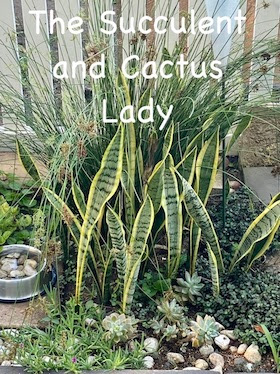Cephalocereus senilis (Old Man Cactus) is a species of cactus native to Guanajuato and Hidalgo in eastern Mexico. It is threatened in the wild, but widespread propagation and popularity in cultivation have reduced the demand on wild populations.
Cephalocereus senilis is a tall, columnar species with clusters of stems that may grow to 5–15 m tall but in cultivation they rarely exceed a height of 3 feet; the individual stems are usually unbranched, being unable to withstand the weight of side branches adequately.
The most striking feature is the shaggy coat of long, white hairs suggestive of unkempt hair on an old man. Don’t give in to the temptation of stroking its soft fur, though, as the dense fleece conceals some rather wicked spines! If your Old Man Cactus gets dirty, you can clean its fur by dipping an old toothbrush in soapy water and give it a good shampoo. he he! And did you know that, in Mexico, they make wool-like sweaters from the hair? Wonder if it’s soft and warm…
The coat is a particularly striking silvery white on the young cactus; as the plant ages the stem begins to lose its covering. The flowers are red, yellow, or white, though the plant may not flower until 10–20 years old.
These cacti can be grown outdoors in mild climates where the temperatures remain above 40º F; otherwise, they may be grown in a home or greenhouse. Mine comes inside every winter. I’ve had it for about 10 years but it has never flowered yet.
Pieces of shoot or stem, taken from any part of the plants, will form roots. When cacti form offsets, they can carefully be removed after they’ve grown to a decent size, and potted. When cuttings are taken, they should be laid in the sun for a day or two to allow a corky skin to form over the cuts, which prevents rotting. Then they can be inserted in pots of equal parts moist peat and sand, or in sand alone. Place the pots on a bench or a shelf in the greenhouse or in a light window.
My Old Man was out-growing his current pot, so I transplanted him into a larger pot, still easy for handling and bringing inside and if he does well, I will try to remove the offset and plant in another pot.
::







